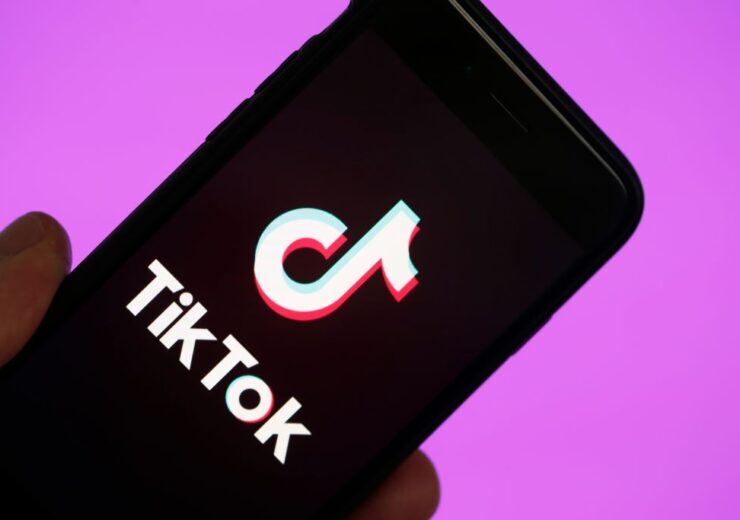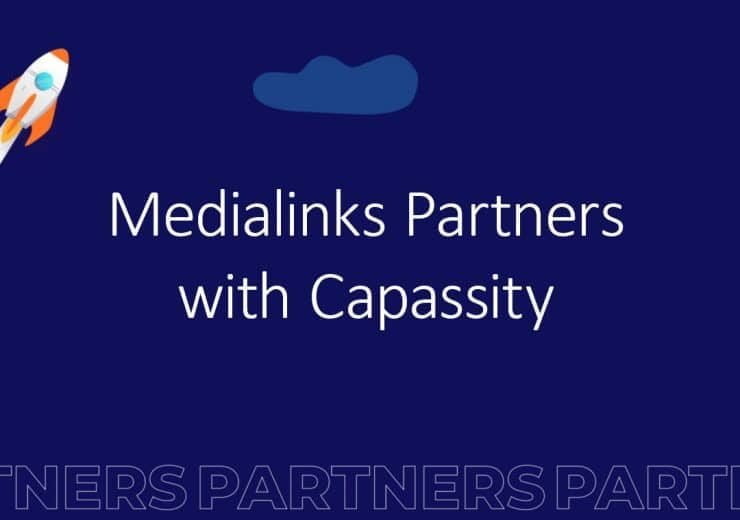Digital marketers who use performance marketing only pay for campaigns based on how well they perform. Performance-based marketing essentially involves two sides, one party controls an audience, and the other party (the marketer) wants to reach that audience.
More than a million people have revealed their professional information on LinkedIn. That is helpful for marketers who want to market to people like these. That is the first component of the performance marketing equation. Marketers can target the consumer profiles they want to reach through the LinkedIn ad platform and only pay for certain actions, including clicks, eBook and whitepaper downloads, webinar sign-ups, and so forth.
This is the second element of the performance marketing equation. The same is made available by Google to marketers who wish to contact customers who use the search engine to look for goods and services. And so do Facebook, Instagram, and every other social media site you can think of. Performance marketing, which is the foundation of affiliate marketing, can also be effective with more specialized audiences. Affiliate marketing refers to the practice of charging advertisers for access to niche audiences via blogs, newsletters, or paid communities. Additionally, using tracking software, marketers can link certain actions to each affiliate partner and pay them according to their output.
For better understanding, it can be roughly classified into two groups:
- Goal-Based performance marketing
- Action-based performance marketing
Goal-Based performance marketing
Goal-based campaigns are ones in which the marketer establishes a clear objective for the campaign, like a predetermined volume of leads or sales. Take the example of a brand that wants to use paid search to get 100 new leads. In this scenario, the campaign would be categorized as a goal-based campaign, and the advertiser would pay for certain outcomes like the volume of leads produced.
Action-based performance marketing
In action-based campaigns, the advertiser makes a payment in exchange for the customer performing a certain action, like clicking through, making a purchase, or signing up. Consider a situation where a company wants to attract 1,000 people to click on one of its advertisements. The campaign would fall under the category of an action-based campaign in this instance, and the advertiser would pay for each clickthrough separately.
Medialinks
Performance Marketing can boost your growth. Your automation programs that engage customers across the lifecycle can benefit from Medialinks performance marketing experience. They will help you stand out in a crowd through organic search and turn your prospects into customers, regardless of whether your business is local or nationwide. Your traffic, conversions, and revenues will increase thanks to their search engine marketing services. Connect with them at [email protected].












